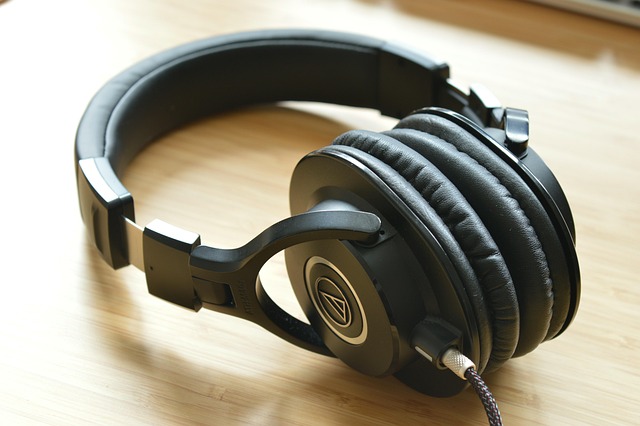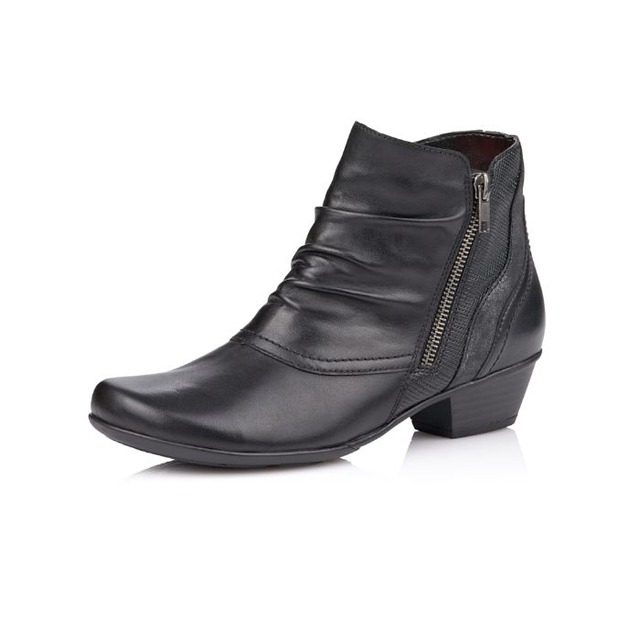
Headphones in IT Choosing the Right Hardware for Professionals
In the fast‑moving realm of information technology, professionals often spend long hours behind a computer, monitoring systems, debugging code, or participating in virtual meetings. The quality of the auditory experience can affect concentration, reduce strain, and improve overall productivity. While many think of headphones as a casual accessory, for IT workers they are a strategic tool that can enhance performance, safeguard against fatigue, and foster a more efficient work environment. This article examines why headphones matter for IT staff, what to look for when selecting them, and how to integrate them effectively into daily workflows.
Why Headphones are Essential for IT Professionals
Modern offices are noisy, with HVAC systems, chatter, and the occasional office appliance creating a background hum that can be distracting. Headphones, particularly those with active noise cancellation (ANC), can block out these environmental sounds, allowing engineers to focus on complex troubleshooting or intricate code reviews. They also help in remote collaboration, ensuring that voice communication is clear and free of echoes or static that might otherwise disrupt a critical discussion.
- Improved concentration by isolating external noise
- Enhanced audio clarity during remote calls and virtual conferences
- Reduced ear fatigue over long work sessions
- Better acoustic isolation for sensitive audio testing or media editing
Ergonomics and Comfort: A Long‑Term Perspective
IT tasks can last for hours on end. Choosing headphones with soft, breathable ear cushions and a lightweight design can prevent neck strain and pressure sores. A headband that distributes weight evenly, especially on wired models, keeps the device stable without adding significant fatigue. Many modern designs incorporate memory foam or silicone that adapts to the ear shape, which is vital for professionals who need to stay comfortable throughout the day.
“Comfort is not a luxury; it’s a productivity factor,” says Dr. Elena Kim, a workplace ergonomics specialist.
Technical Features to Prioritize
When evaluating headphones for IT use, it is important to assess the following technical aspects:
- Signal Integrity: Low latency is crucial for real‑time monitoring of network traffic or when using screen‑sharing tools where audio feedback needs to be synchronized with visual data.
- Durability: Industrial‑grade construction, tangle‑free cables, and reinforced hinges ensure longevity in a busy workspace.
- Battery Life: For wireless models, a minimum of 20 hours of continuous use is recommended to avoid interruptions during multi‑day projects.
- Connectivity Flexibility: Dual‑mode (Bluetooth and wired) support enables seamless switching between devices, a common scenario in dual‑monitor or multi‑computer setups.
Noise Cancellation: ANC vs. Passive
Active Noise Cancellation technology uses microphones to pick up ambient noise and generates a sound wave that is the exact inverse, effectively cancelling it out. Passive noise isolation, on the other hand, relies on physical barriers. For IT professionals who work in open‑plan offices or on shared desks, ANC can be a game‑changer by cutting out HVAC hiss and distant conversations, while passive isolation is often sufficient in quieter environments.
Software Integration and Audio Management
Many modern headphones come with companion apps that allow users to fine‑tune equalizer settings, adjust ANC levels, and set custom sound profiles for different tasks. For example, a “coding” profile might emphasize mid‑range frequencies to reduce the perception of keyboard noise, whereas a “meeting” profile could prioritize vocal clarity. IT professionals who rely heavily on voice‑over‑IP (VoIP) platforms benefit from headphones that support high‑quality codecs like AAC or Opus.
Microphone Quality and Placement
Clear voice transmission is essential during remote debugging sessions or code reviews conducted over video calls. Headphones with built‑in cardioid microphones capture sound from the user’s mouth while rejecting background noise. Adjustable mic stems or boom arms add flexibility, allowing the mic to remain close to the mouth even when the user is seated or standing. For those who participate in video conferences regularly, a lavalier mic can be an alternative to improve voice pickup without interfering with headset comfort.
Case Study: Switching from Laptop Speakers to Headphones
Consider the case of a senior network engineer who previously relied on laptop speakers for all his audio needs. After switching to a high‑fidelity wireless headphone set, he reported a 35% increase in focus during network audits. The ANC feature blocked out office chatter, and the built‑in microphone eliminated the need for an external headset, reducing cable clutter. His colleagues noted a measurable decrease in interruptions, as the engineer could maintain a quieter workspace while still participating fully in virtual meetings.
Practical Tips for Implementation
- Designate a “quiet zone” for critical tasks, ensuring the headphones can deliver maximum isolation.
- Schedule regular headphone maintenance: clean ear cups, check cable integrity, and replace worn pads.
- Train team members on proper headset hygiene to prevent bacterial buildup.
- Integrate headphone usage into ergonomic checklists and performance reviews.
Future Trends: Adaptive Sound and AI Integration
Headphone technology is evolving beyond passive features. Adaptive sound profiles that respond to environmental inputs, such as the presence of a live conference call or an on‑site client, are becoming available. Some models incorporate AI to analyze voice patterns and automatically adjust gain levels to reduce distortion. For IT professionals, these advancements mean that the audio experience can adapt in real time, ensuring optimal clarity whether they’re in a quiet lab or a bustling office.
Conclusion
In the IT profession, where precision, clarity, and endurance are paramount, selecting the right headphones is more than a comfort choice—it is an investment in productivity and well‑being. By prioritizing ergonomics, sound quality, durability, and software integration, professionals can create a focused, efficient, and healthier work environment. Whether you’re a system administrator, a developer, or a support engineer, the right pair of headphones can transform the way you interact with technology, making each day smoother, clearer, and more rewarding.



